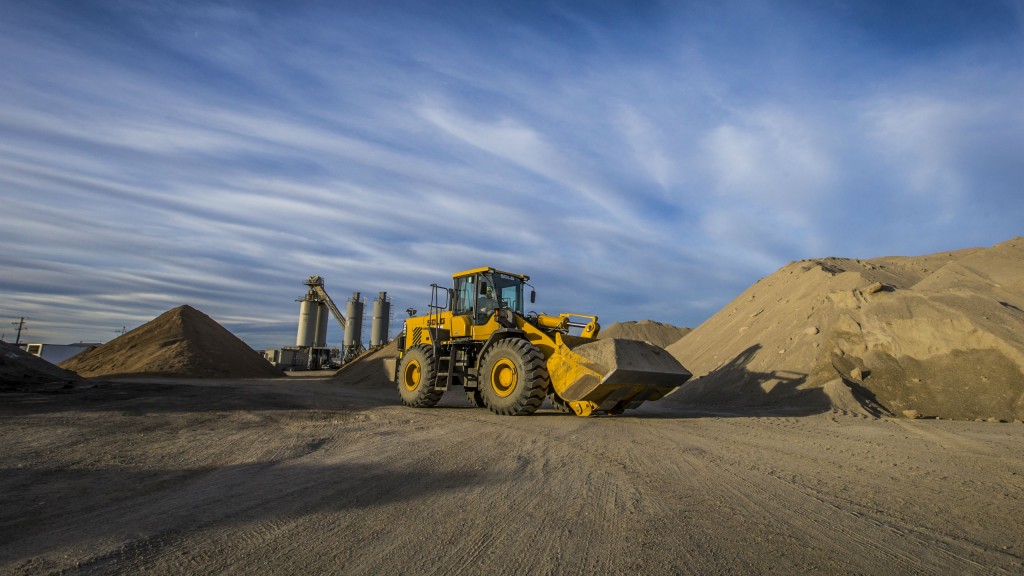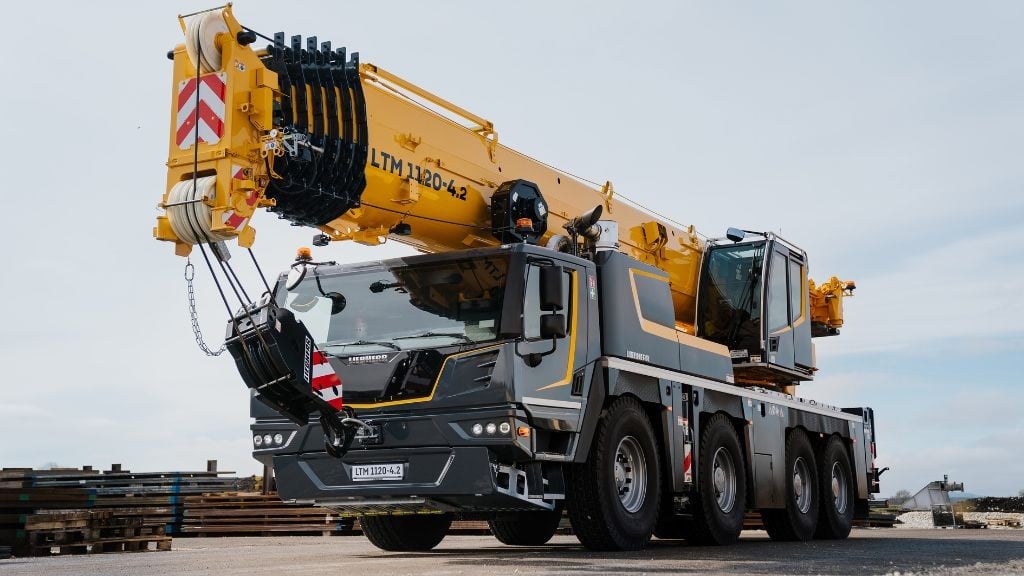New vs. auctioned equipment: counting the cost
When purchasing auctioned equipment, consider the total cost of ownership. A new value-brand machine may save money over the long haul.

It's an age-old question when considering equipment purchases: a new machine or an auctioned piece of equipment? Considering the auction market for construction equipment in North America is roughly the same size as the market for new machines, it is a dilemma that nearly all equipment owners are facing.
Traditionally, the choice between new and auctioned equipment often involved comparisons of similar equipment. In those cases, the decision might come down to the application the machine is needed for, factors such as residual value, or one might simply be swayed by a good deal.
However, with the addition of so-called "value brand" equipment to the North American market, there are far more options and details to consider when choosing between new and auctioned machines. These value brands are solid, well-made pieces of equipment, but lack the features of premium brands, which helps keep the price low.
Value brands have gained traction with customers with certain needs, such as for seasonal and low-hour applications, work that involves corrosive materials that degrade equipment, or projects that simply don't require premium features to complete. For many customers, value brands represent a third option that should be taken into consideration, complete with their own cost, benefit and applications analysis.
Total cost of ownership
For many equipment buyers, the most important consideration when making purchasing decisions is the Total Cost of Ownership (TCO) for each machine. This is the expected cost of buying and maintaining a machine over the course of its entire lifespan, or at least until that machine is ready to be resold again.
Several factors influence TCO. A machine's sticker price, of course, is the first cost to be analyzed, but it does not reflect the inherent cost of purchasing and maintaining an auctioned machine.
Repair and maintenance costs can run as high as 75 percent of the machine's purchase price, and typically see a rapid increase in years four, five and six of ownership, which is when most auctioned machines are purchased.
With a new value brand machine, however, repair and maintenance needs are much lower. For example, the price of a new SDLG LG959 wheel loader is nearly the same as one would pay for a four-year-old auction-bought loader with approximately 6,000 hours of work on it. On average, the auctioned loader will rack up approximately $20,000 to $25,000 in repairs, while the SDLG will only cost around $5,250 – a difference of $15,000 to 20,000.
By its very nature, a new value machine will need less high-cost repairs and less maintenance, which translates to less downtime. In addition, new machines have warranties, so work needed in its first year of ownership will likely be covered, plus extended warranty plans are available.
Leveraging dealer relationships
With these purchasing decisions, one must also consider their relationship with their preferred equipment dealer, and how that factors into repair and maintenance scenarios. With auction purchases of machines there is risk, as one doesn't know the history of the vehicle, and must find a dealer to service and provide and parts, typically at a higher cost.
When buying a new value machine, one is purchasing from a dealer they know and may have worked with for years. These ongoing relationships are good for both the dealer and the customer. They will fully back the equipment's warranty needs, and often provide more timely service at a better price.
Of course, application needs are the ultimate dictator when deciding whether to purchase a new value brand machine or a machine from an auction. For those who are working in seasonal or low-hour applications, or just don't need the features of a premium machine, a value brand loader can provide a lower TCO, increased uptime and more return on investment.



